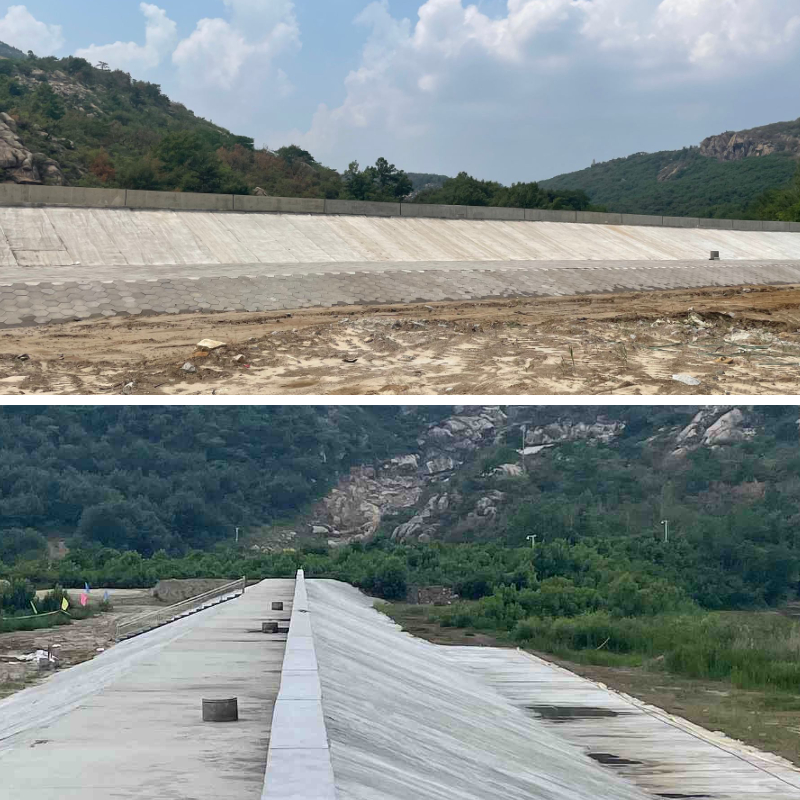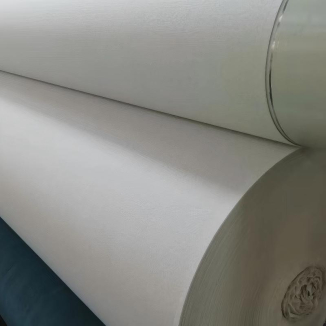Cement Blanket in Disaster Response: Quick Deployment for Flood Control & Landslide
Disasters like floods and landslides strike besides warning, leaving little time for emergency groups to react. Traditional solutions—such as sandbagging or sparkling concrete—often fail due to sluggish deployment, heavy labor needs, and lengthy curing times. This is where cement blanket (and its bendy counterpart, concrete cloths) modifications the game. Combining concrete’s energy with fabric’s portability, it permits fast, nice mitigation. Below, we ruin down its three core blessings for catastrophe response.
1. Speed: The Non-Negotiable Factor in Disaster Response
When a flood crest nears or a landslide risk grows, each and every minute misplaced will increase injury and threat to lives. Cement blanket and concrete cloths are engineered to do away with delays, outperforming regular strategies by means of a large margin.
1.1 Why Traditional Methods Fall Short
Traditional catastrophe mitigation techniques warfare to meet the urgency of emergencies: sandbagging, for example, requires dozens of people and days of labor to construct a 1-kilometer barrier, and the gaps between baggage frequently lead to leaks, whilst saturated luggage ultimately give way below pressure; sparkling concrete, on the different hand, needs on-site mixing (which depends on scarce water and aggregates in catastrophe zones) and takes 7–28 days to utterly cure—far too gradual when instantaneous safety is wanted to guard lives and property.
1.2 How Cement Blanket Cuts Response Time
Cement blanket transforms emergency response timelines by means of turning “days of work” into “hours of action”: it is bought in lightweight, easy-to-transport rolls (typically 2–4 meters broad and up to 50 meters long), permitting it to be delivered by wellknown vehicles and laid over susceptible areas like riverbanks, unstable slopes, or broken levees by way of a small crew; in contrast to clean concrete, it solely wishes water to activate— a speedy hose-down triggers the curing process, and it reaches 80% of its remaining electricity in simply 24 hours, casting off lengthy ready periods; this diagram additionally minimizes labor demands, as a 5-person group can beef up a leaking levee with 30 meters of cement blanket in underneath an hour, a mission that would take a a lot large crew a full day with sandbags.
2. Versatility: Adapting to Diverse Disaster Scenarios
Floods and landslides current assorted threats—from dashing river water eroding banks to free soil sliding down hillsides—and cement blanket and concrete cloths are constructed to adapt to these numerous challenges, making them a one-stop answer for emergency teams.
2.1 Flood Control: Stopping Water in Its Tracks
For flood response, cement blanket excels at plugging leaks, reinforcing barriers, and lining inclined areas: it can be shortly unrolled over cracks in levees or dams to seal gaps, as its bendy cloth conforms to uneven surfaces and therapies into a waterproof, inflexible layer that blocks water penetration; it additionally works as a transient lining for drainage channels or flooded fields, stopping similarly soil erosion and decreasing the unfold of water to close by communities—unlike sandbags, which can shift or destroy aside in fast-moving water, cement blanket continues its shape as soon as cured, supplying reliable, long-lasting safety till everlasting repairs can be made.
2.2 Landslide Mitigation: Stabilizing Unstable Terrain
Landslides manifest when unfastened soil or rock loses cohesion, and cement blanket addresses this with the aid of anchoring the floor and stopping in addition movement: it can be laid throughout slopes at hazard of sliding, the place its porous cloth permits water to drain (reducing soil saturation, a key reason of landslides) whilst its cured concrete layer binds the topsoil together, stopping erosion and slumping; it is additionally best for reinforcing the bases of unstable constructions (like broken protecting walls or hillside homes) in post-landslide cleanup, as it can be reduce to dimension and molded round obstacles, making sure a tight in shape that stabilizes the vicinity and prevents secondary slides—something inflexible typical concrete can't do besides widespread on-site shaping.
3. Cost-Efficiency: Saving Resources in Crisis Zones
Disaster response budgets are frequently stretched thin, and each resource—from labor to transportation—needs to be used wisely. Cement blanket and concrete cloths reduce prices at each and every stage, making them a budget-friendly choice to regular methods.
3.1 Lower Transportation and Labor Costs
Cement blanket’s lightweight, rollable layout slashes transportation costs: a single truck can elevate sufficient cement blanket to cowl the identical vicinity as dozens of vans loaded with sandbags or pre-mixed concrete, decreasing gasoline charges and the want for more than one trips—critical in catastrophe zones the place roads may additionally be broken or congested; it additionally cuts labor expenses significantly, as it requires solely a small group to set up (no want for massive crews to combine concrete or fill sandbags) and eliminates the want for specialised gear like concrete mixers, which are regularly scarce or inoperable in emergency situations.
3.2 Reduced Long-Term Maintenance and Waste
Unlike sandbags, which decompose shortly and want to be changed or disposed of after a disaster, cement blanket is long lasting and requires minimal maintenance—once cured, it can face up to weathering (like heavy rain or severe temperatures) for years, serving as a semi-permanent answer till everlasting repairs are feasible; this sturdiness additionally reduces waste, as there is no leftover cloth (unlike clean concrete, which regularly goes unused if combined in excess) and no want for post-disaster cleanup of damaged sandbags, saving each time and cash that would in any other case be spent on waste elimination and alternative of brief barriers.
Why Cement Blanket Is Becoming a Disaster Response Staple
In emergencies, speed, versatility, and cost-efficiency can suggest the distinction between minimizing harm and catastrophic loss. Cement blanket and concrete cloths check all these boxes: they install in hours, adapt to floods and landslides alike, and store assets when they are most scarce. As catastrophe response groups round the world are seeking for extra positive approaches to shield communities, these revolutionary substances are rapidly turning into a go-to tool—proving that when each minute counts, the proper answer doesn’t simply work, it works fast.
Contact Us
Company Name: Shandong Chuangwei New Materials Co., LTD
Contact Person :Jaden Sylvan
Contact Number :+86 19305485668
WhatsApp:+86 19305485668
Enterprise Email: cggeosynthetics@gmail.com
Enterprise Address: Entrepreneurship Park, Dayue District, Tai 'an City,
Shandong Province








